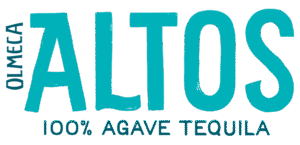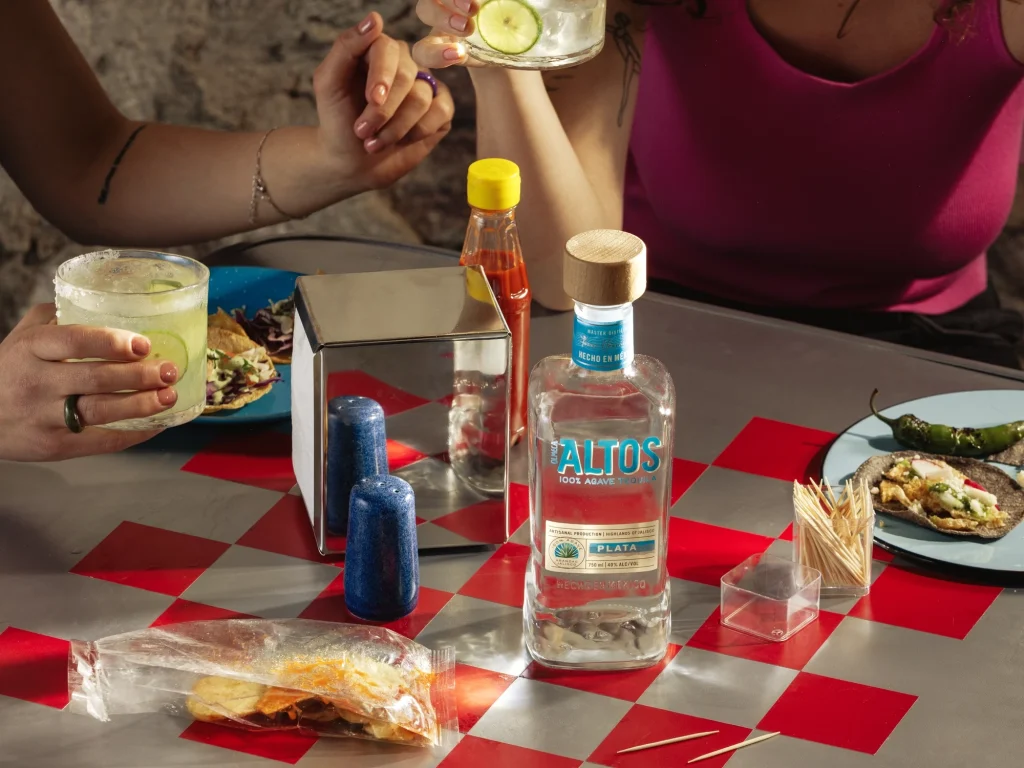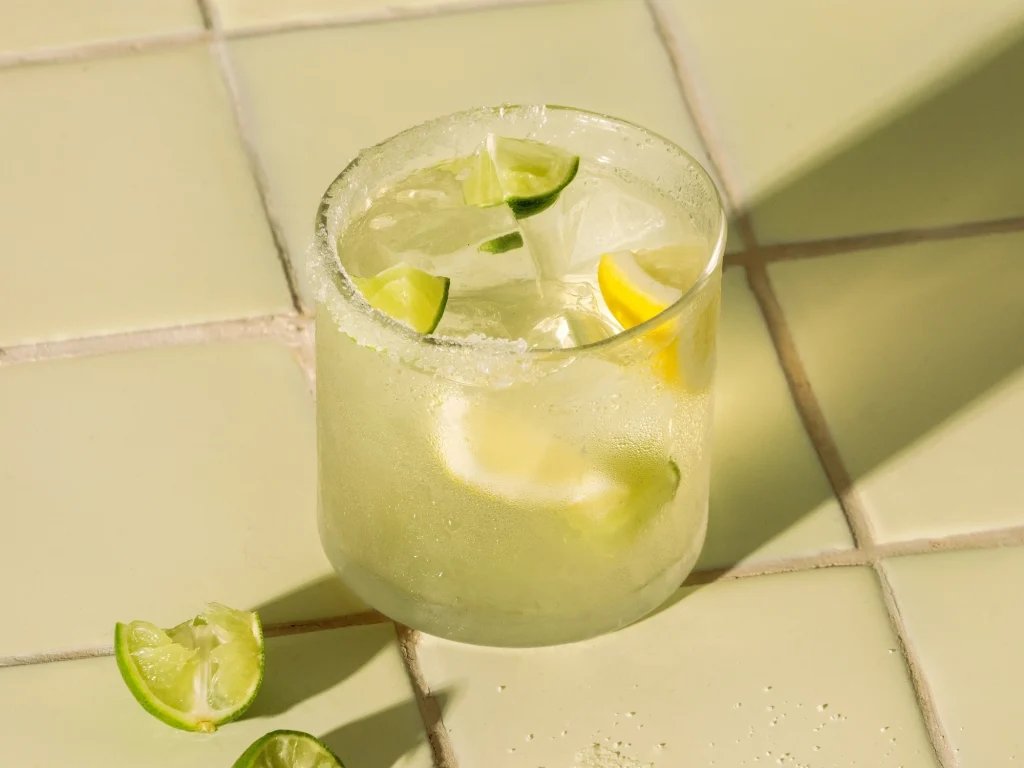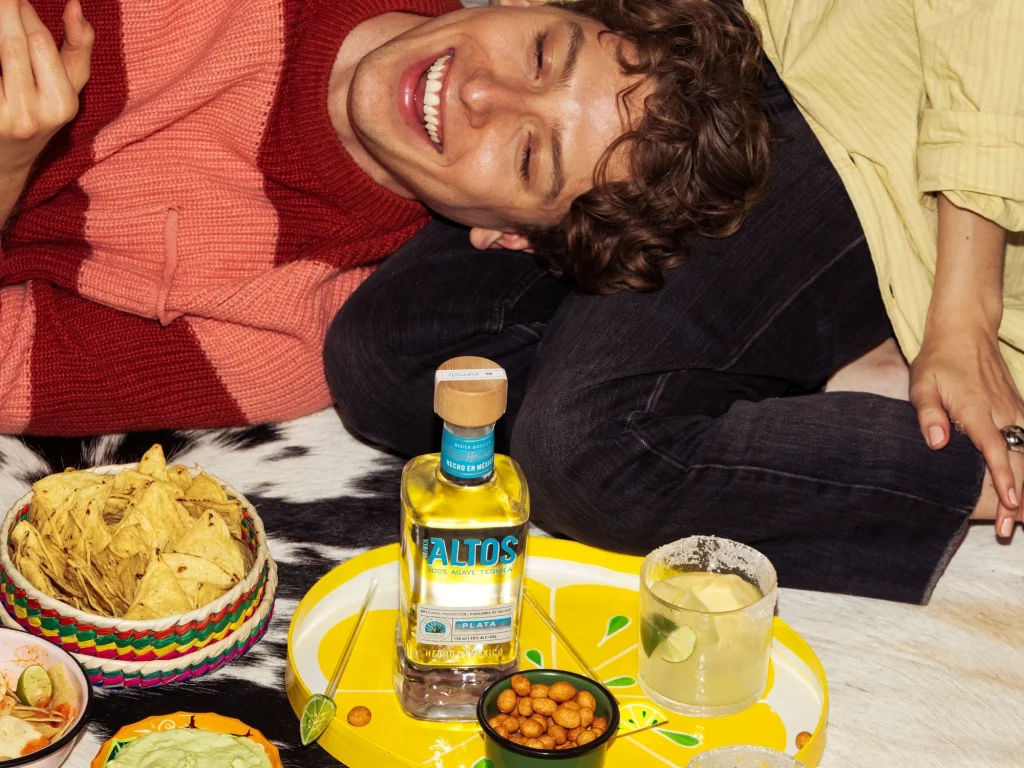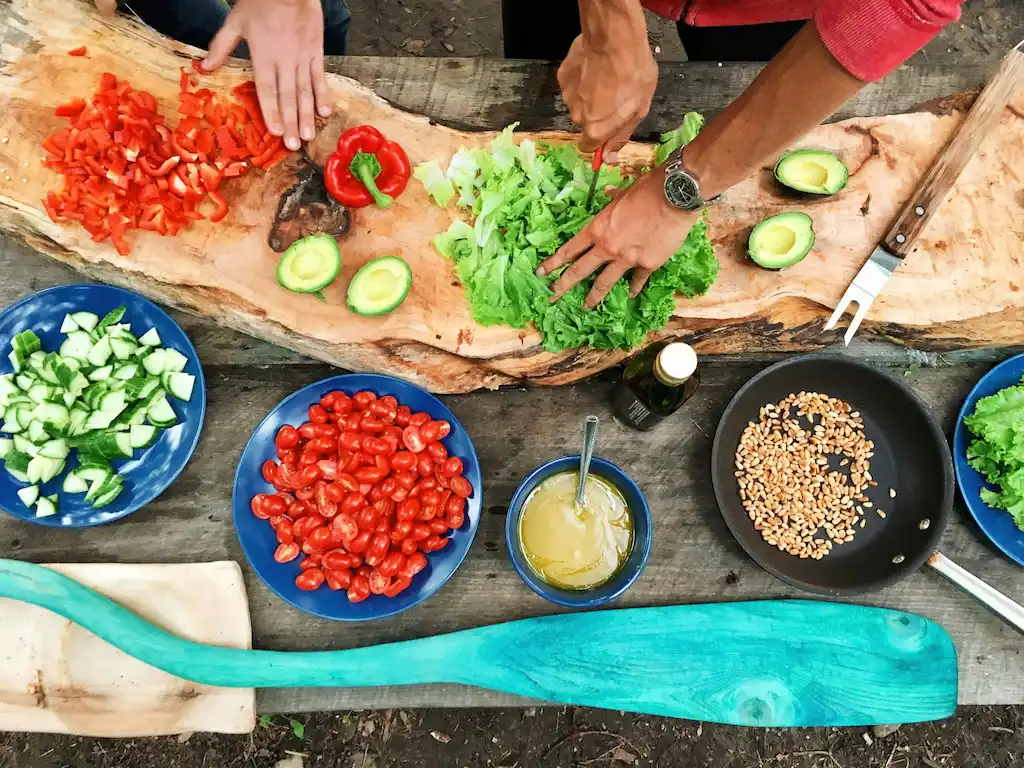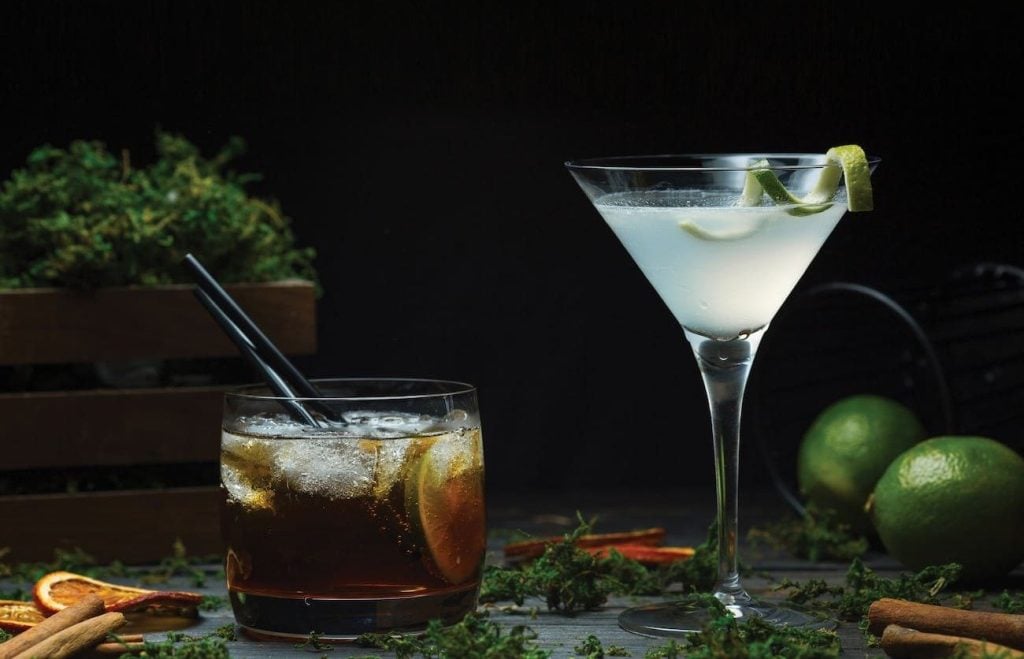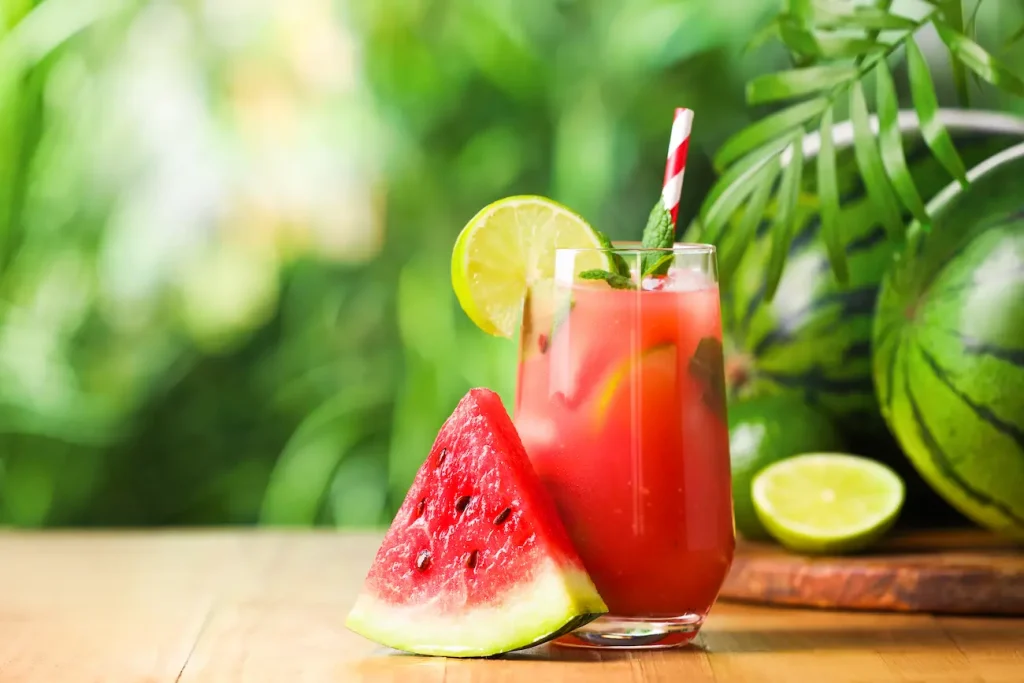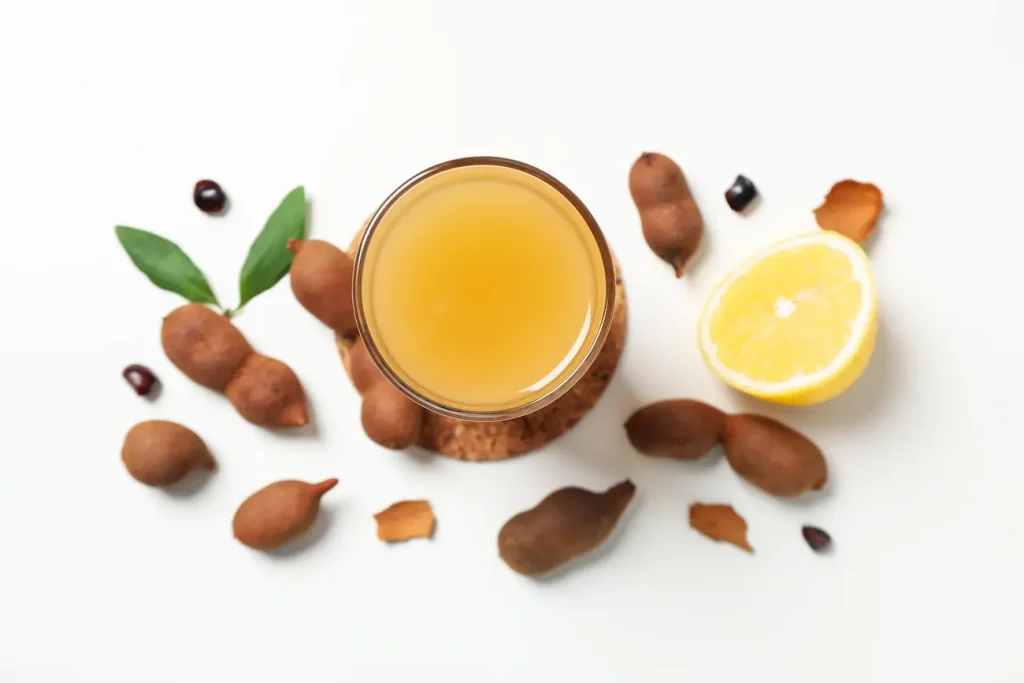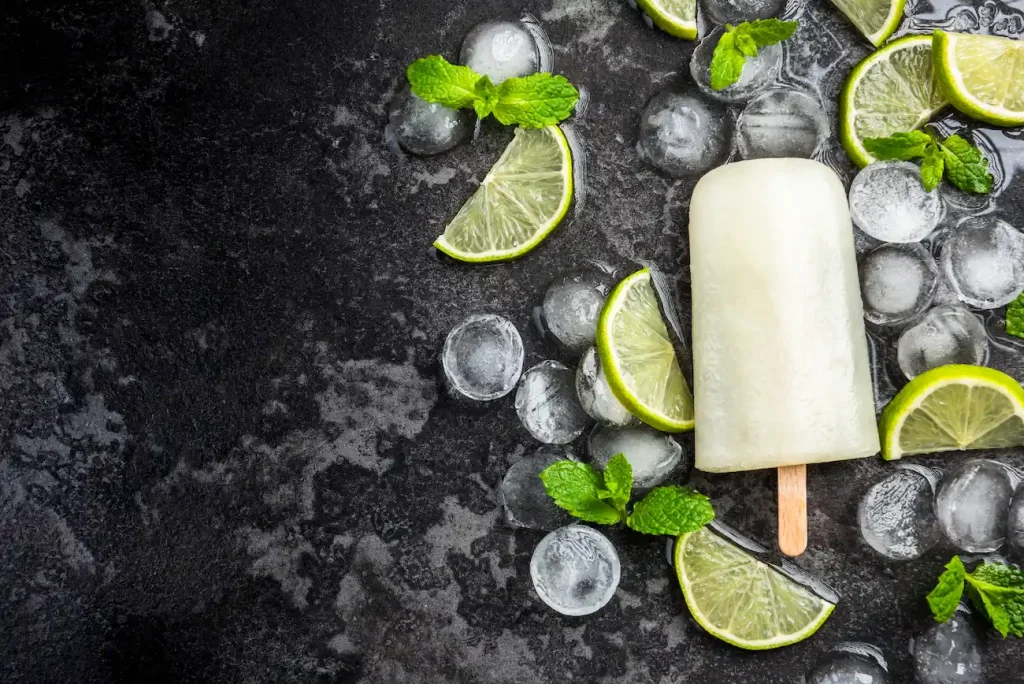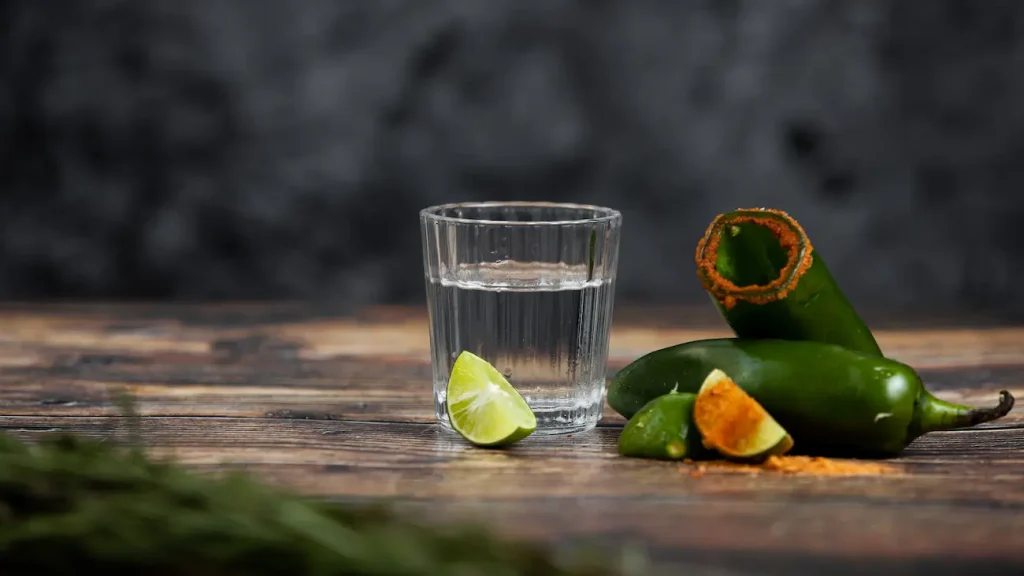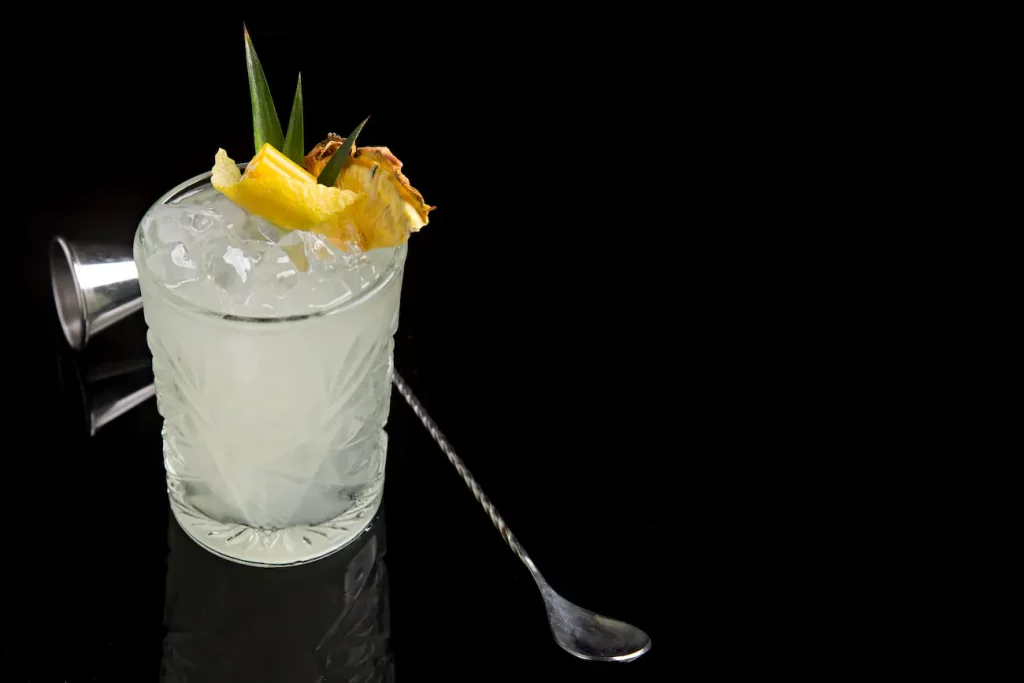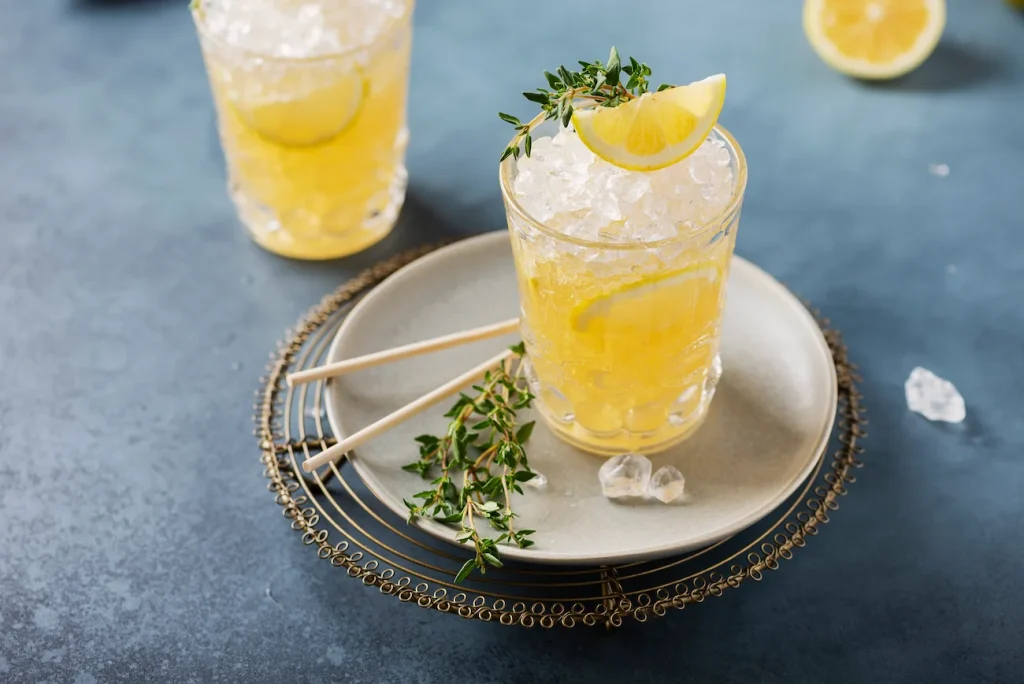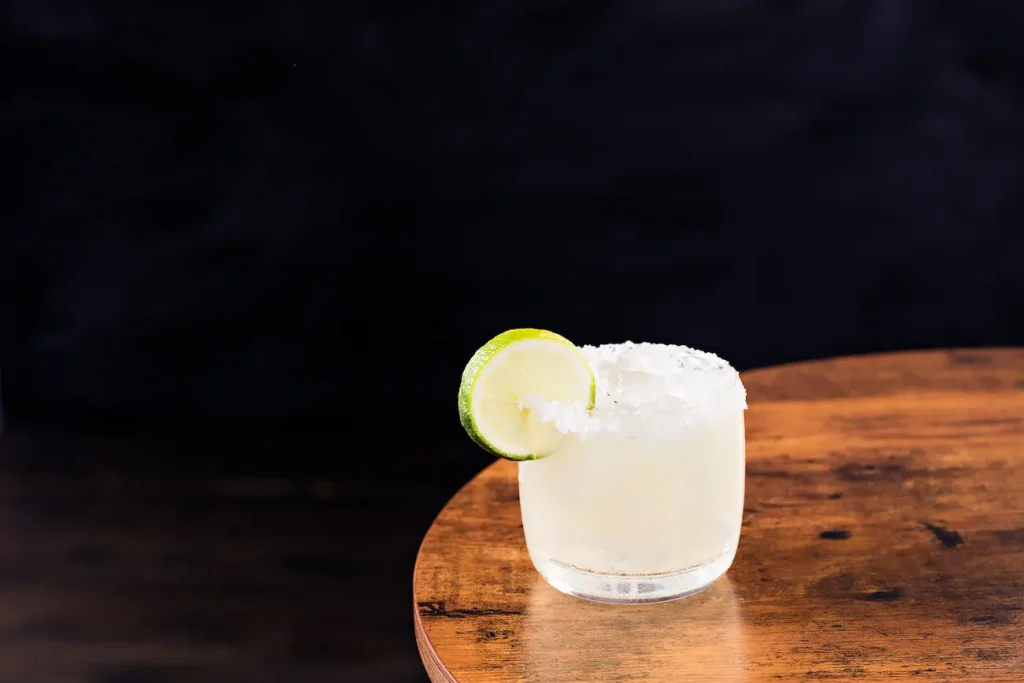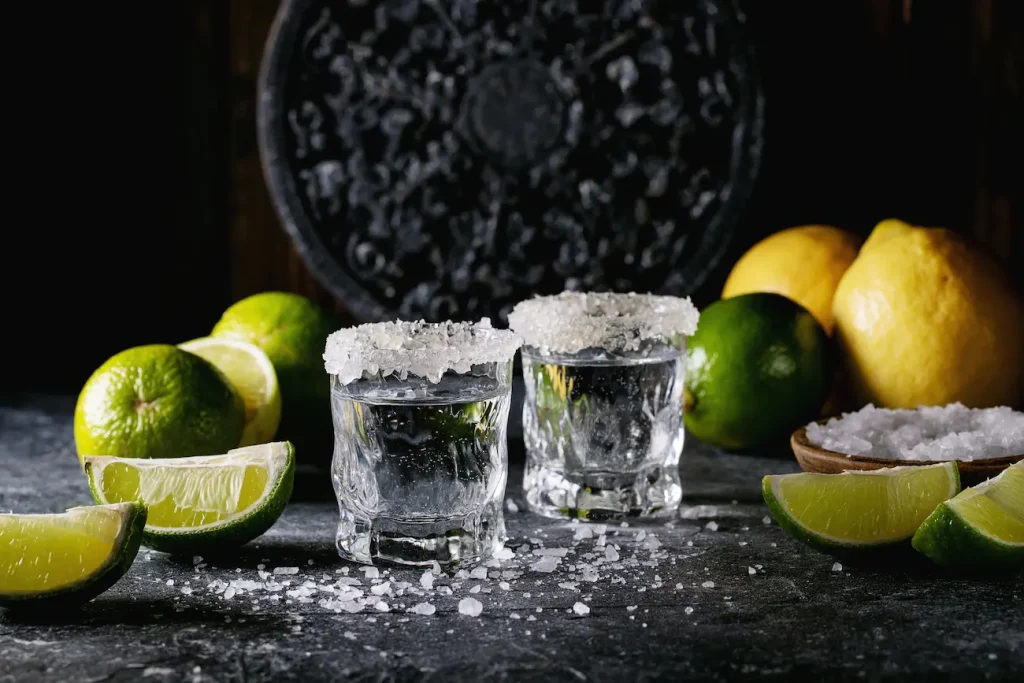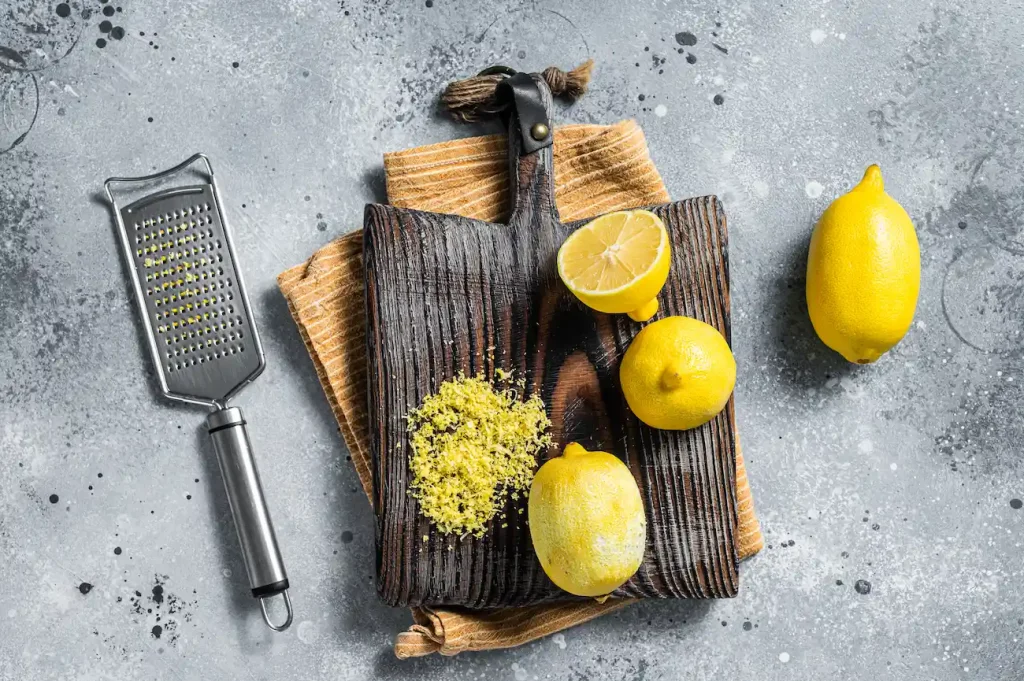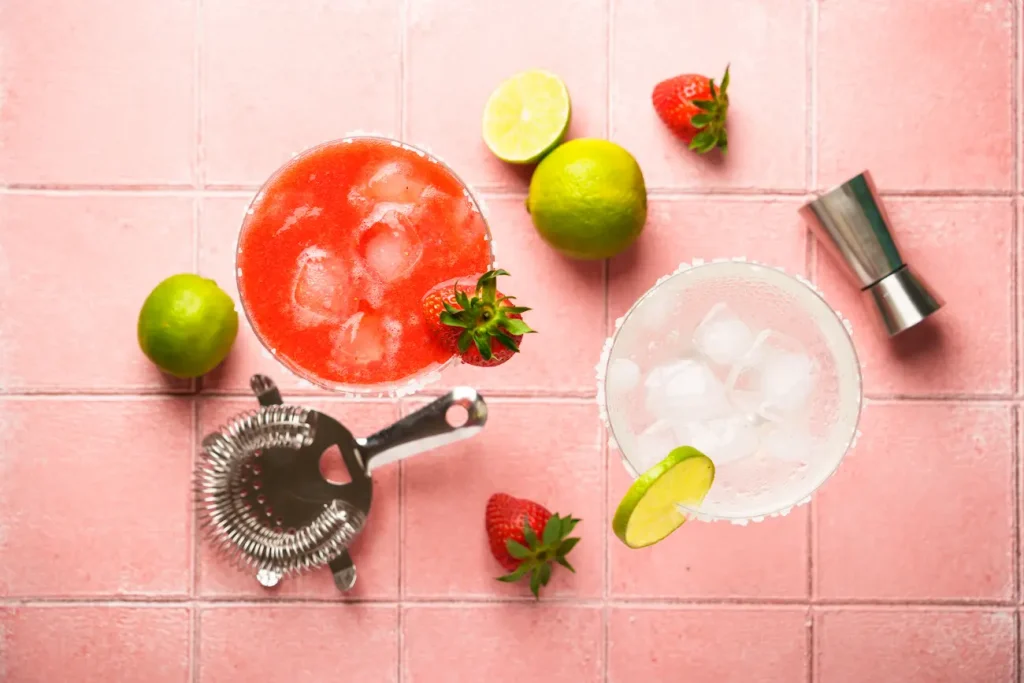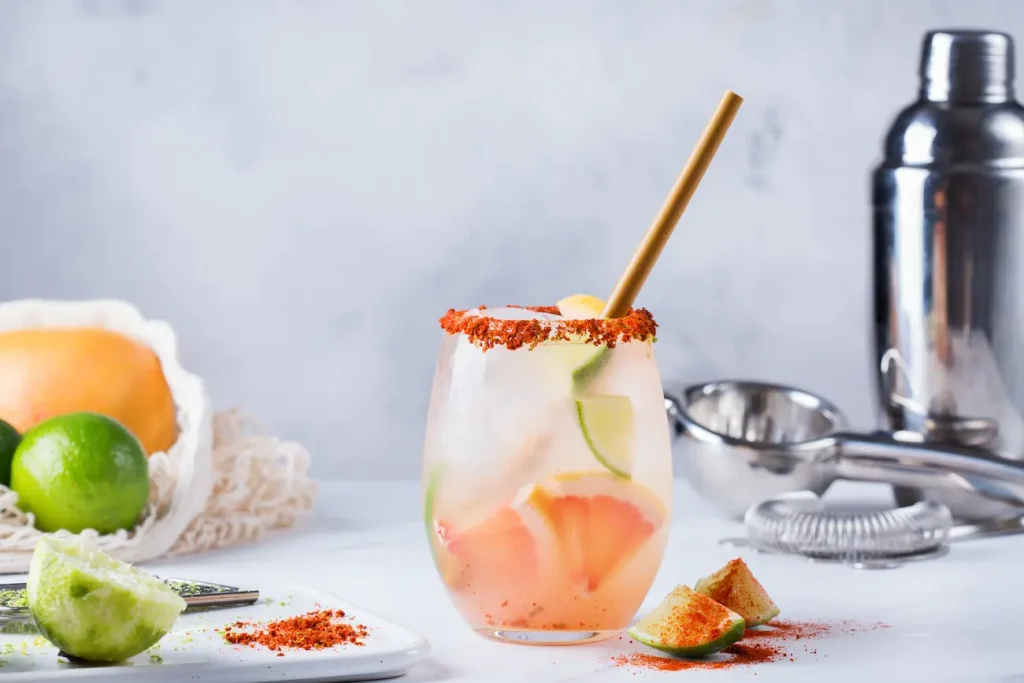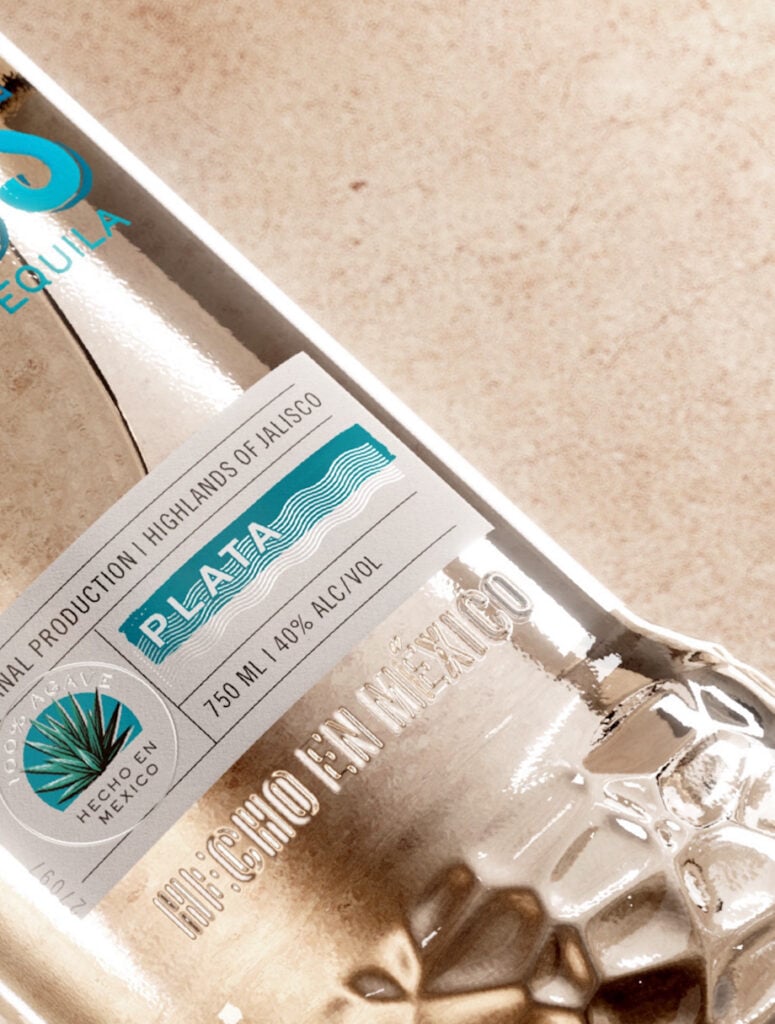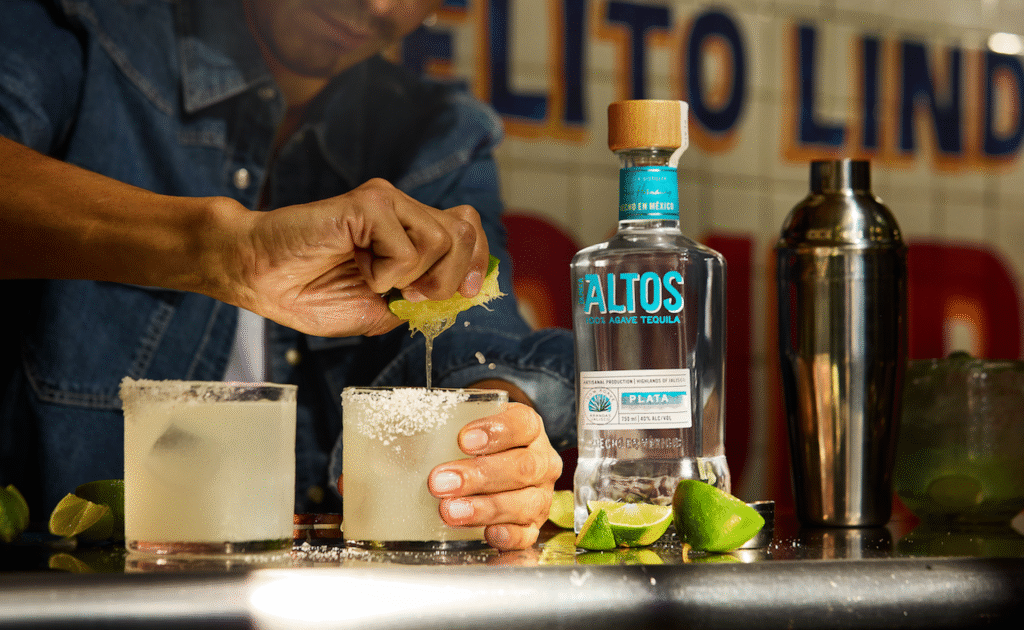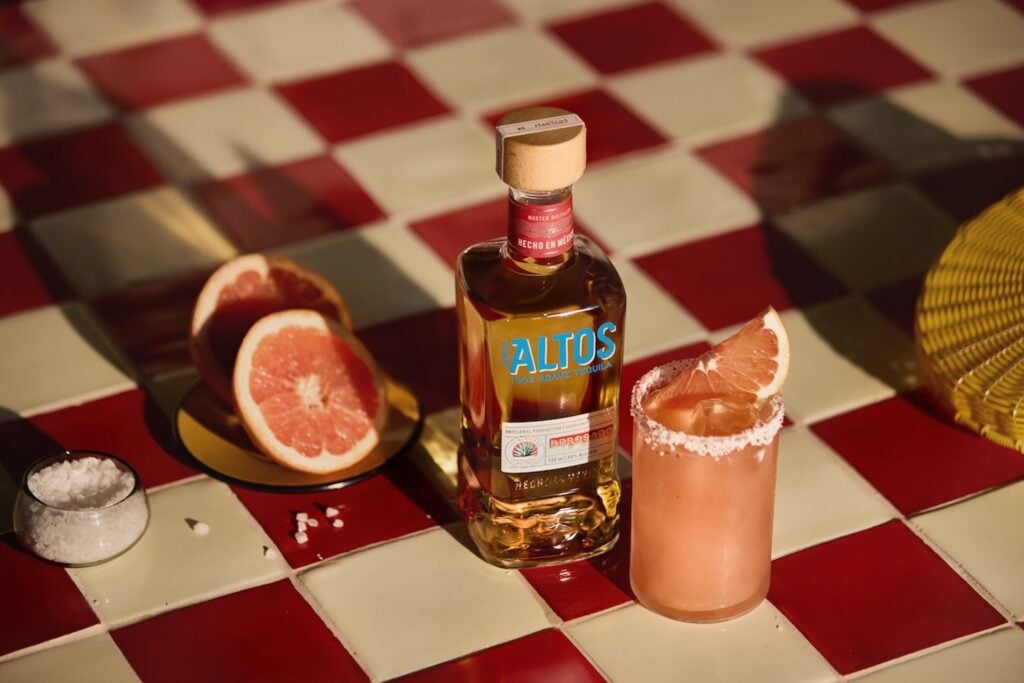There are many misconceptions about tequila and mezcal, so we want to clarify some of the confusion and make clear the differences between them. While these two iconic Mexican spirits share a common heritage rooted in the agave plant and centuries-old distillation traditions, they’ve evolved into distinct categories with unique production methods, flavor profiles and cultural identities.
Whether you’re a curious newcomer taking your first sip or a seasoned enthusiast looking to deepen your knowledge, this comprehensive guide will illuminate the true nature of both spirits, dispel common myths, and reveal why these agave-based treasures deserve a place of honor in any spirits collection.
What is Tequila?
Tequila represents Mexico’s most internationally recognized spirit—a distilled beverage crafted exclusively from the Blue Weber agave plant (Agave tequilana Weber var. azul). This amber-to-crystal liquid embodies centuries of Mexican heritage, refined production techniques, and the unique terroir of its birthplace.
Unlike other agave spirits, tequila follows strict regulatory standards established by the Consejo Regulador del Tequila (CRT). To bear the name “tequila,” the spirit must contain at least 51% Blue Weber agave sugars, though premium expressions use 100% agave.
What is Mezcal?
Mezcal is considered Mexico’s ancestral agave spirit, with roots that go back centuries before tequila. Its very name comes from the Nahuatl words for “cooked agave,” reflecting the deep cultural and ritual connection with the plant. Unlike tequila, which can only be made from Blue Weber agave, mezcal draws from more than 30 species.
To protect this heritage, the Consejo Regulador del Mezcal (CRM) defines three categories: Mezcal (produced with more modern methods), Mezcal Artesanal (blending tradition with some innovation), and Mezcal Ancestral (strictly following ancient practices, such as clay pot distillation and natural fermentation).
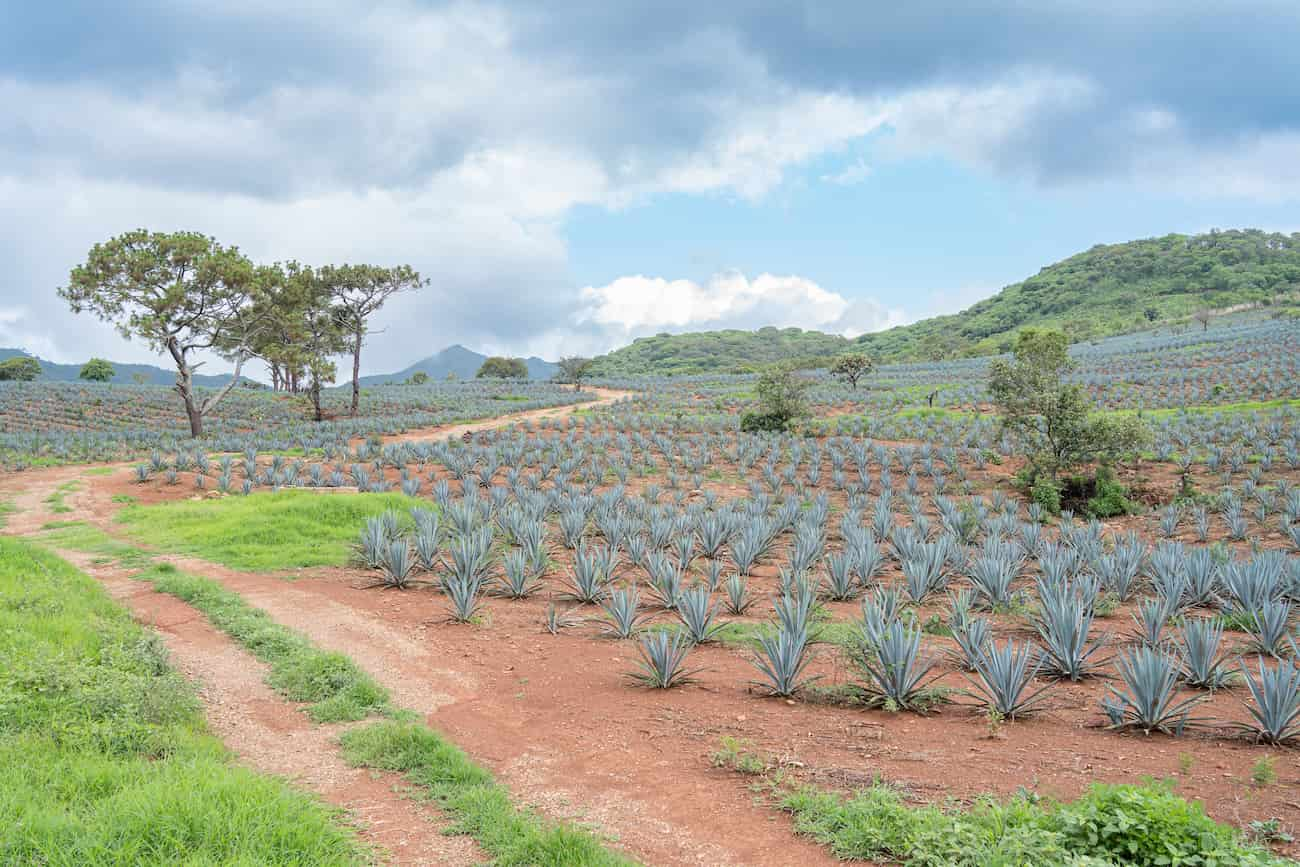
Tequila and Mezcal history: shared roots
Tequila and mezcal share ancient origins rooted in the agave plant, revered by Mexico’s early civilizations. Long before distillation, the Aztecs crafted pulque, a fermented agave drink used in both ritual and daily life. When the Spanish introduced distillation in the 16th century, it merged with these traditions to create the first mezcals, with Oaxaca becoming a key center thanks to its underground roasting techniques.
Tequila took shape later in Jalisco, where the Blue Weber agave thrived in volcanic soil. By the late 18th century, the town of Tequila became the hub of production, home to La Rojeña, Mexico’s oldest commercial distillery. Over time, tequila industrialized, expanded globally, and secured its Denomination of Origin in 1974, marking it as a distinct category.
Mezcal retained its artisanal roots, with small-scale producers preserving traditional methods. It achieved its own Denomination of Origin in 1994 and has recently gained international attention for its smoky complexity and terroir-driven character.
Together, these spirits tell parallel stories—tequila embodying industrial growth and global reach, mezcal representing craft heritage and cultural depth—yet both remain tied to Mexico’s identity and the agave plant at their core.
Mezcal vs Tequila: process making and Denomination of Origin
The appellation of origin for tequila is very specific: it can only be made in specific regions of Mexico (the state of Jalisco, the state of Guanajuato, the state of Michoacán or the state of Tamaulipas). The denomination of origin for mezcal is also specific—it can only be made in certain regions of Mexico that make up Oaxaca.
The process for making tequila and mezcal are also similar: they start with a base agave plant that has been roasted and crushed into pulp. From there, they ferment and distill the pulp just as they would with any other distilled liquor. The main difference between them comes from how long they age: tequila must age at least two months before it can be bottled or sold, whereas mezcal does not have such a requirement.
The difference between Tequila and Mezcal is all in the agave
To make tequila, you need an agave that is at least 10 years old, although older plants will produce better-tasting tequila. The agaves are harvested during their fifth year by hand when they’re ready to flower. After harvesting, they’re cooked with steam until their sugars convert into fermentable sugar alcohols.
This process produces a distillate called must, which contains more than 60% alcohol by volume. Once it’s distilled, it tastes like liquid gold! The distillate then undergoes double distillation in copper stills before being aged in oak barrels for at least two months so that the flavor can develop fully.
Mezcal is made from many different varieties of agave plants and is traditionally produced in clay pots over an open fire instead of being distilled over steam heat like tequila. Agave hearts are roasted underground in earthen pits lined with volcanic rock and fueled by wood fires.
This slow, smoky cooking method has remained largely unchanged for generations, and it imparts mezcal’s signature earthy, smoky character. Once cooked, the agave is crushed, fermented, and distilled—often with artisanal or ancestral techniques that are as much about cultural heritage as they are about flavor.
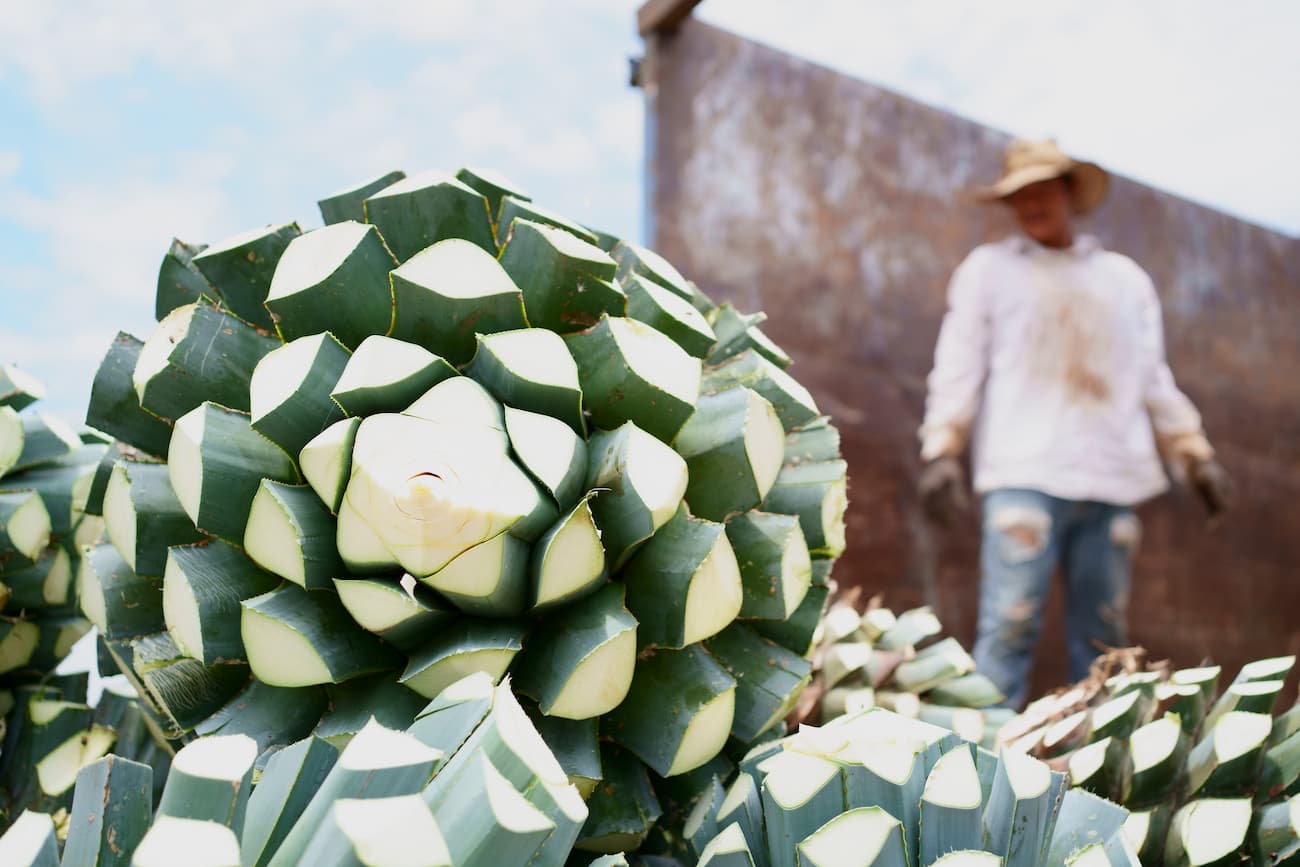
What are the different types of Tequila and Mezcal?
Both tequila and mezcal are classified into distinct categories based on aging, production methods, and compositional characteristics. Understanding these classifications helps consumers navigate the diverse options available and select spirits that match their preferences.
Tequila classifications
Tequila is primarily categorized by two factors: agave content and aging duration. The alcohol content is typically between 35% and 55%, although most are around 40%.
By Agave Content:
- 100% Agave Tequila – Made entirely from Blue Weber agave sugars with no added sweeteners. Must be bottled at the distillery of origin. Premium tequilas invariably fall into this category.
- Tequila Mixto – Contains a minimum of 51% Blue Weber agave, with the remaining sugars derived from other sources (typically cane sugar or corn syrup). These can be bottled anywhere and generally represent more affordable options.
By Aging (applies to both 100% agave and mixto):
- Blanco (Silver/White) – Unaged or aged less than two months, typically in stainless steel tanks. Offers the purest expression of agave flavor with bright, peppery, and herbaceous notes. Ideal for cocktails and those who appreciate raw agave character.
- Joven (Gold) – A blend of Blanco tequila with aged tequila, or Blanco with added coloring and flavoring. Not technically an aged category. Often represents entry-level products.
- Reposado (Rested) – Aged between two and twelve months in oak barrels. Develops gentle vanilla, caramel, and woody notes while retaining agave brightness. Offers an ideal balance for both sipping and mixing.
- Añejo (Aged) – Aged from one to three years in oak barrels (typically ex-bourbon barrels). Showcases deeper complexity with prominent wood influence, dried fruit, spice, and chocolate notes alongside mellowed agave flavors.
- Extra Añejo (Ultra-Aged) – Aged for a minimum of three years. Introduced as an official category in 2006. Displays rich, sophisticated profiles comparable to fine aged spirits, with pronounced oak, leather, tobacco, and dark fruit characteristics.
- Cristalino – A modern innovation where aged tequila (usually Añejo or Extra Añejo) undergoes filtration to remove color while retaining aged flavor complexity. Combines the smoothness of Blanco with the depth of aged expressions.
Mezcal classifications
Mezcal categorization is more complex, reflecting its artisanal nature and diverse production methods. The alcohol content is typically between 40% and 55%, generally higher than tequila.
By Production Method (as defined by the Consejo Regulador del Mezcal):
- Mezcal – Produced using modern industrial techniques. May employ autoclaves for cooking, mechanical shredding, column stills, and stainless steel fermentation tanks. Represents the most commercially available category.
- Mezcal Artesanal – Combines traditional and contemporary methods. Typically uses underground pit ovens or masonry ovens for cooking, mechanical or tahona milling, wooden or stone fermentation vessels, and copper or stainless steel pot stills. Represents the middle ground between tradition and efficiency.
- Mezcal Ancestral – Adheres strictly to pre-industrial methods. Requires underground pit roasting, milling by hand or with animal-drawn tahona, fermentation in natural vessels (animal hides, tree trunks, or stone), and distillation in clay pots (olla de barro) or hollow tree trunk stills. Represents the rarest, most traditional category.
By Aging:
- Joven (Young/Blanco) – Unaged or aged less than two months. Presents the most transparent expression of agave variety and terroir with full smoky character.
- Reposado – Aged between two and twelve months in wood. Develops subtle oak notes while maintaining mezcal’s essential character.
- Añejo – Aged for at least one year in wood. Gains complexity and mellowness, though aged mezcal remains less common than aged tequila.
Special Categories:
- Pechuga – Mezcal that undergoes a third distillation with fruits, nuts, spices, and traditionally a raw chicken or turkey breast suspended in the still, creating an extraordinarily complex, celebratory expression.
- Ensamble – Mezcal made from multiple agave species, either cooked together or blended post-distillation, creating unique flavor combinations.
- Unlike tequila’s singular agave source, mezcal bottles often specify the agave species used, such as: Espadín (most common), Tobalá (highly prized wild agave), Tepeztate (wild, takes 25-30 years to mature), Arroqueño (semi-wild, 20+ years to maturity) and many others.
This classification system demonstrates mezcal’s remarkable diversity—a single producer might offer dozens of expressions reflecting different agaves, production methods, and aging regimens, each bottle telling a distinct story of place, plant, and producer.

Does Mezcal taste like Tequila?
Both spirits honor the agave plant, but their taste profiles set them apart. Tequila’s flavor comes from Blue Weber agave, steam-cooked in ovens and distilled with precision. This process creates a smooth spirit that highlights fresh, peppery spice, citrus brightness, and subtle herbal tones.
Mezcal develops its identity through underground pit-roasting, where agave hearts are slow-cooked over wood and stone. This ancestral method produces its signature smokiness, ranging from gentle to intensely bold.
Beyond the smoke, mezcal offers remarkable diversity: earthy and mineral notes tied to terroir, tropical fruit hints like pineapple or mango from specific agaves, and warm spice layers such as clove or cinnamon. Tequila vs Mezcal flavor profile differences make each spirit shine in distinct contexts—whether enjoyed neat or in cocktails.
Flavor comparison between the spirits of Mexico
- Tequila tends to be smoother and more accessible, with a more uniform flavor across brands.
- Mezcal offers a wider range of flavors, from smooth and fruity to intensely smoky and earthy.
- Mezcal often has a more artisanal and variable character, reflecting local production traditions.
- While aging in tequila smoothens and adds complexity, in mezcal it can mask the distinctive agave flavors, which is why prolonged aging is less common.
How to drink Tequila and Mezcal
Enjoying tequila and mezcal is more than drinking—it’s participating in a cultural ritual. In Mexico, both spirits are traditionally sipped slowly in small glasses to appreciate their aromas and flavors. Mezcal is often served with accompaniments like worm salt, citrus, or jícama, while tequila gained international fame through the popular “lick-sip-suck” shot ritual, though premium expressions are best savored with more care.
Today, both spirits are celebrated in different ways. Tequila shows its versatility in classic cocktails, with blancos bringing crispness and reposados adding depth to spirit-forward serves. Mezcal, with its smoky complexity, is often consumed neat, but modern mixology embraces it in bold creations like the Oaxaca Old Fashioned or the Mezcal Negroni, sometimes blending it with other bases for balance.
For deeper appreciation, tasting both spirits neat allows you to explore their layers—observing color, nosing aromas, and savoring flavors from first sip to finish. They also shine at the table: tequila pairs beautifully with seafood, citrus dishes, and Mexican classics, while mezcal enhances grilled meats, mole, chocolate, and Oaxacan specialties.
Whether neat, on the rocks, or mixed in cocktails, the best way to enjoy them is the one that honors their craftsmanship while bringing you the most pleasure.
The famous Mezcal and Tequila worms
If you’ve ever tried tequila or mezcal, chances are you’ve seen a worm in the bottle. While this may sound alarming, don’t worry—it’s not actually a worm but rather a type of caterpillar called Hypopta agavis that lives inside maguey plants. The larvae feed on the juices of these plants as they develop and then eventually emerge as an adult moth that lays eggs in other maguey plants, thus continuing the cycle.
While there’s no actual worm in tequila (a distilled spirit made from blue agave), some types of mezcal do include one as part of their production process. The reason behind this is simple: they help break down the sugars in plant matter used to make mezcal into an alcohol-rich liquid that can then be distilled and bottled as a spirit!

Mezcal versus Tequila: a comprehensive overview
When deciding between tequila and mezcal, it may seem like two sides of the same coin—after all, both are made from agave plants. However, the truth is that these two spirits are clearly different, and each has its own distinctive flavor profile and production philosophy.
Similarities:
- Tequila is a spirit made from blue agave, while mezcal is produced from any type of agave plant.
- Both tequila and mezcal must be produced in Mexico to be considered authentic; in fact, they can only be made in certain states of the country that have their denomination of origin.
- Both are distilled and go through a fermentation process.
- Both are considered traditional Mexican drinks and form an important part of the country’s culture.
- Both tequila and mezcal can be used in cocktails as well as drunk on their own.
Differences:
- Tequila must be aged in barrels for at least two months, while mezcal does not have this requirement.
- Mezcal has a flavor that is less reminiscent of vanilla compared to tequila.
- Some mezcals use worm larvae in their production process.
- Mezcal is older than tequila. In fact, some experts consider tequila to be a type of mezcal.
- In general, mezcal has a higher alcohol content.
- The variety of agaves used in mezcal production is much greater than in tequila, resulting in a wider diversity of flavors.
Olmeca Altos Tequila vs Mezcal
Olmeca Altos Tequila is a premium, 100% blue agave tequila aged in oak barrels. The result is a smooth, complex taste that pairs well with fruit juices or cocktails like margaritas. Olmeca Altos has a smooth taste and a sweet finish, with notes of honey and vanilla. Is an example of a tequila that has more of an earthy, smoky finish.
Mezcal, on the other hand, is made from different types of agave plants and can be blended with other ingredients such as pine nuts and wild herbs to create unique flavors. Mezcal has been consumed for over 400 years in Mexico and is still popular today.
Whether you’re drawn to the refined smoothness of tequila or the bold complexity of mezcal, both spirits embody Mexico’s rich heritage and craftsmanship. It proves that tequila can be just as nuanced and versatile as mezcal, whether enjoyed neat or as the foundation for iconic cocktails.
Together, these two spirits invite discovery, offering complementary experiences that celebrate the depth of Mexican tradition in every glass.
